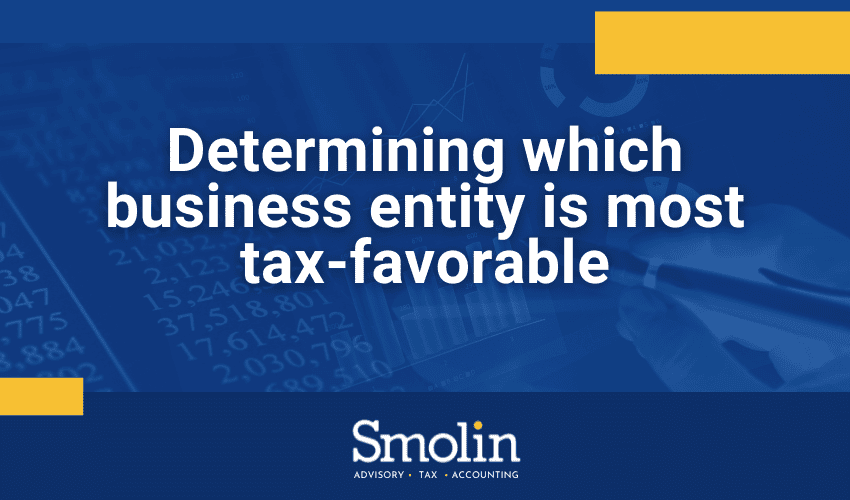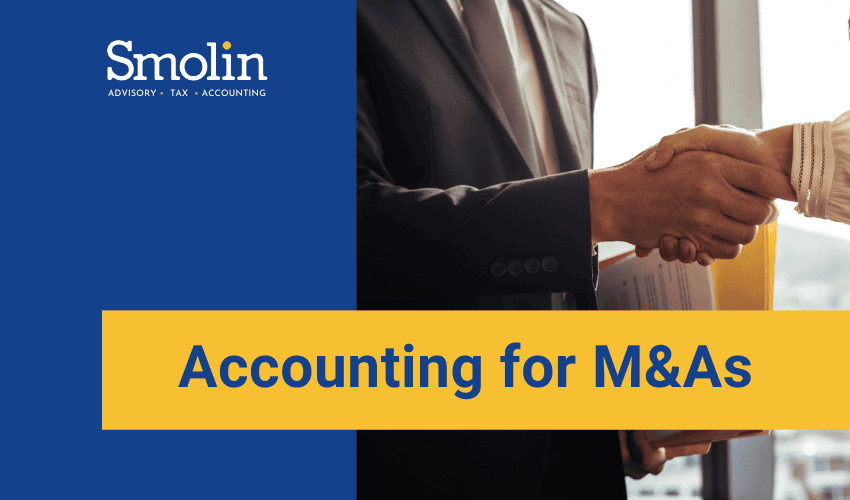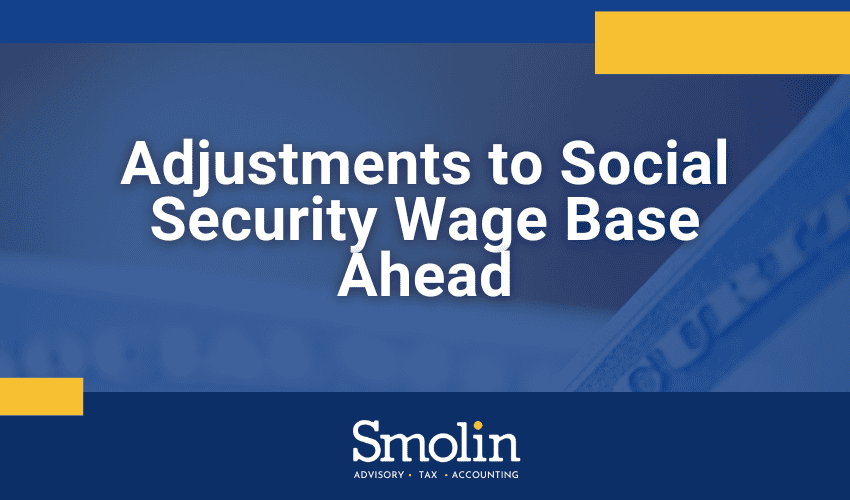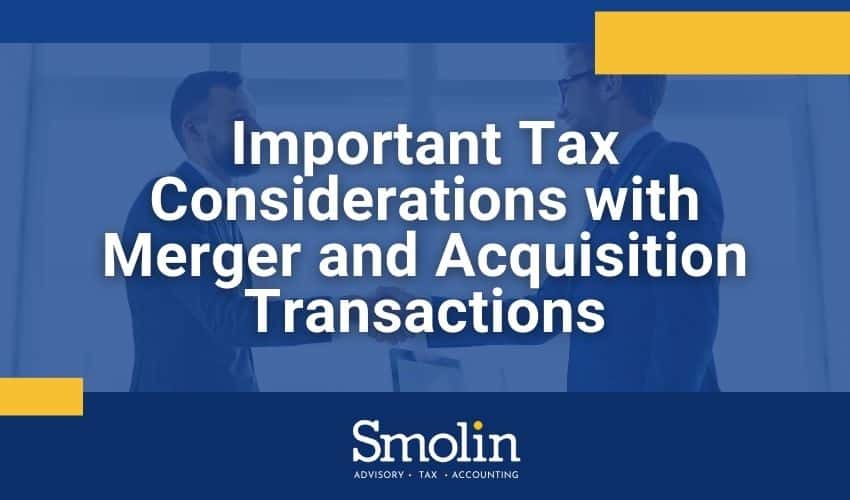Equity-oriented executive compensation can take many forms, but restricted stock awards are a popular option. In fact, many businesses offer them as an alternative to stock option awards in light of the fact that options can lose most or all of their value if the price of the underlying stock decreases. This is less of an issue with restricted stock. If the price declines, companies can issue additional restricted shares to balance the difference.
If you’re in a position to receive a restricted stock award, it’s important to know what to expect in regard to your taxes.
Restricted stock: How it works
Typically, when a company grants an employee restricted stock, the shares are subject to certain limitations. The restricted shares are transferred to the employee, but the employee won’t actually own them until they become vested.
Oftentimes, you must continue working for the company for a particular length of time. If you leave the job before the designated date, you may be forced to forfeit the restricted shares.
Tax rules for awards of restricted stock
Before the shares become vested, you won’t have taxable income from a restricted share award. In other words, there won’t be an immediate tax obligation associated with the shares.
Once the shares become vested, however, you’ll receive taxable compensation income equal to the difference between the value of the shares on the vesting date and the amount they paid for them (if anything).
Federal income tax for compensation is up to 37%, and you may also owe an additional 3.8% net investment income tax (NIIT). You could also owe state income tax on the income.
Appreciation occurring after the shares are vested will be treated as capital gain. If you hold the stock for a year or more after vesting date, you’ll be subject to a lower-taxed, long-term capital gain on that appreciation. For long-term capital gains, the current maximum federal tax rate is 20%, but you may also be subject to state income tax and the 3.8% NIIT.
Section 83(b) election
You’ll also have the option to make a special Section 83(b) election, which gives you the option to be taxed at the time they receive the restricted stock award rather than when the shares vest. In this case, income will equal the difference between the amount that you paid for the shares (if anything) and the value of them.
This income will still be treated as compensation and subject to federal employment taxes, federal income tax, and state income tax. However, making a Section 83(b) election offers the benefit that further appreciation in the value of the stock will be treated as lower-taxed, long-term capital gain if the stock is held for over a year. It also provides a level of protection against higher tax rates that could be in place when the shares become vested.
However, recognizing taxable income the year the restricted stock award is received does come at a risk. The election can be a financial disadvantage in the event that the shares are later forfeited or decline in value. If you do go on to forfeit the shares, you may be able to claim a capital loss for the amount paid for them (if anything).
To make a Section 83(b) election, you must notify the IRS either before the stock is transferred or within the following 30 days.
Questions? Smolin can help.
While the tax rules for restricted stock awards are fairly simple, deciding whether to make a Section 83(b) election is still a time-sensitive decision that has the potential to impact the true financial benefit of your award.
Before making the decision to opt for a Section 83(b) election, contact your accountant for more personalized guidance.





